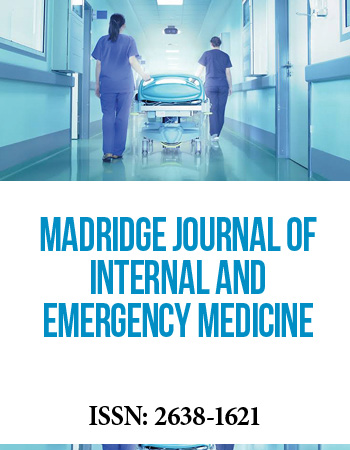International Translational and Regenerative Medicine Conference
April 25-27, 2018 | Rome, Italy
L1CAM Up-Regulation in Association with p53 Over-Expression and E-Cadherin Down-Regulation can Help in Detection of Non-Endometrioid Foci, Risk Stratification, Relapse and Outcome of Endometrial Carcinoma Patients
1Department of Pathology, Zagazig University, Egypt
2Department of Clinical Oncology and nuclear medicine, Zagazig University, Egypt
3Department of general surgery, Zagazig University, Egypt
Background: The recent guidelines for endometrial carcinoma (EC) management classify patients into; low-, intermediate-, high to intermediate and high-risk groups. Few numbers of patients in the category of low-risk disease were found to have relapse of the tumor that is not explained up till now. Moreover, it is essential to assess prognosis of other risk groups of EC. Also, the detection of patients that the adjuvant therapy will be more beneficial to them than other patients that will not require additional management after surgery is an essential aim of the recent researches about EC. So, recent studied has focused on detection of prognostic biomarkers that might improve risk stratification and detect which patients will need neoadjuvant chemotherapy after surgery. L1-cell adhesion molecule (L1CAM) is membrane glycoprotein member of immunoglobulin superfamily. P53 is a nuclear transcription factor and was found to be an established tumor suppressor. E-cadherin is an integral cell adhesion molecule and it is a component of adherens junction.
The aim of our study to investigate the prognostic significance of L1CAM, P53 and E-cadherin expression in both early-stage, low-, intermediate-risk and high-risk EC, correlate their expression with clinicopathological criteria, tumor progression, recurrence, risk stratification of EC patients and with identification of patients that will need neoadjuvant chemotherapy after surgery.
Methods: Expressions of L1CAM, P53 and E-cadherin were evaluated in 60 paraffin blocks EC patients that were followed up for 5 years. The relationship between their level of expressions, clinicopathological criteria and prognosis of patients was analyzed.
Results: Positive expression of L1CAM was positively correlated with higher grade of the tumor (p = 0.043), presence of L.N metastases (p = 0.039), presence of, LVSI (p = 0.022), higher risk groups (p = 0.021), and presence of distant metastases (p=0.039). High expression of P53 was positively correlated with higher & advanced FIGO stage of the tumor, presence of L.N metastases, LVSI, higher risk groups and presence of distant metastases (p<0.001). Positive expression f E-cadherin was negatively correlated with higher grade of the tumor (p = 0.019), presence of L.N metastases (p = 0.010), presence of LVSI (p = 0.018) and presence of distant metastases (p=0.013). In multi variant analysis L1CAM expression is the most significant indicator of poor DFS & OS rates (p<0.001).
We found a direct relationship between L1CAM, P53 an inverse relationship between L1CAM and E-cadherin, and an inverse relationship between P53 and E-cadherin (P<0.001).
Conclusion: L1CAM & P53 over expression in addition to loss of E-cadherin expression in EC are associated with non-endometrioid subtype of EC, worse clinicopathological parameters, poor prognosis and could help in identification of patients in need for neoadjuvant chemotherapy after surgery
Keywords: L1CAM, P53, E-cadherin, endometrial carcinoma, immunohistochemistry, risk stratification
Biography:
Dr. Ola A Harb, MD; completed her Pregraduate Medical Education (December 2005) in M.B.B.CH., with Total grade-Excellent from Zagazig University, Egypt. She obtained her Postgraduate/M.Sc (May, 2010) & M. D. (January 2015) in pathology from Zagazig University, Egypt. Dr. Ola is presently working as a Lecturer, at Department of pathology, Faculty of Medicine, Zagazig University, Egypt.


